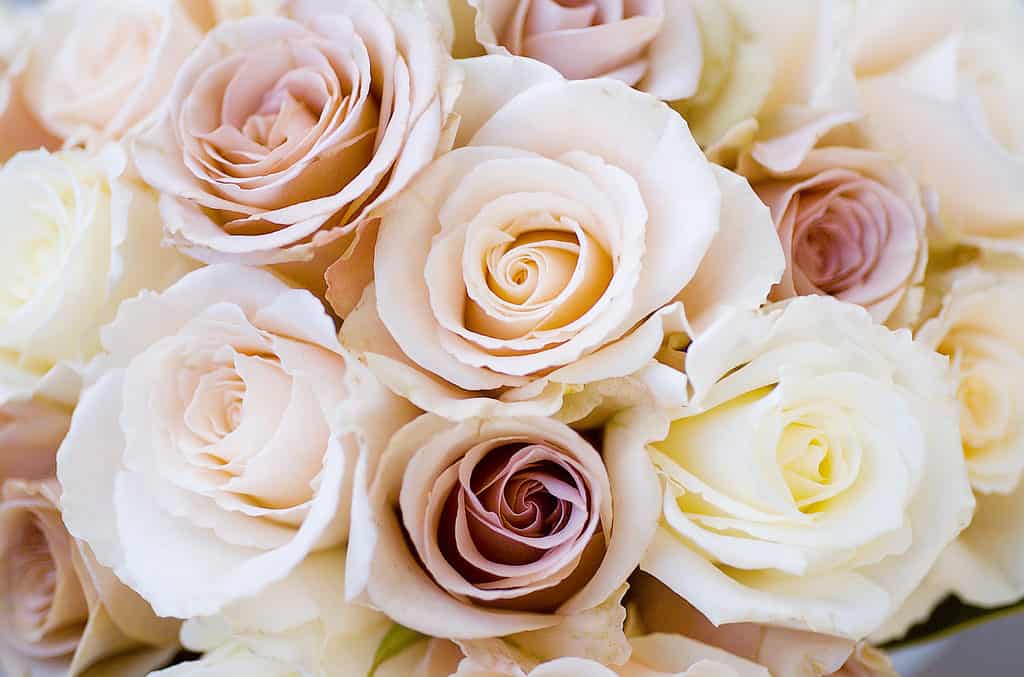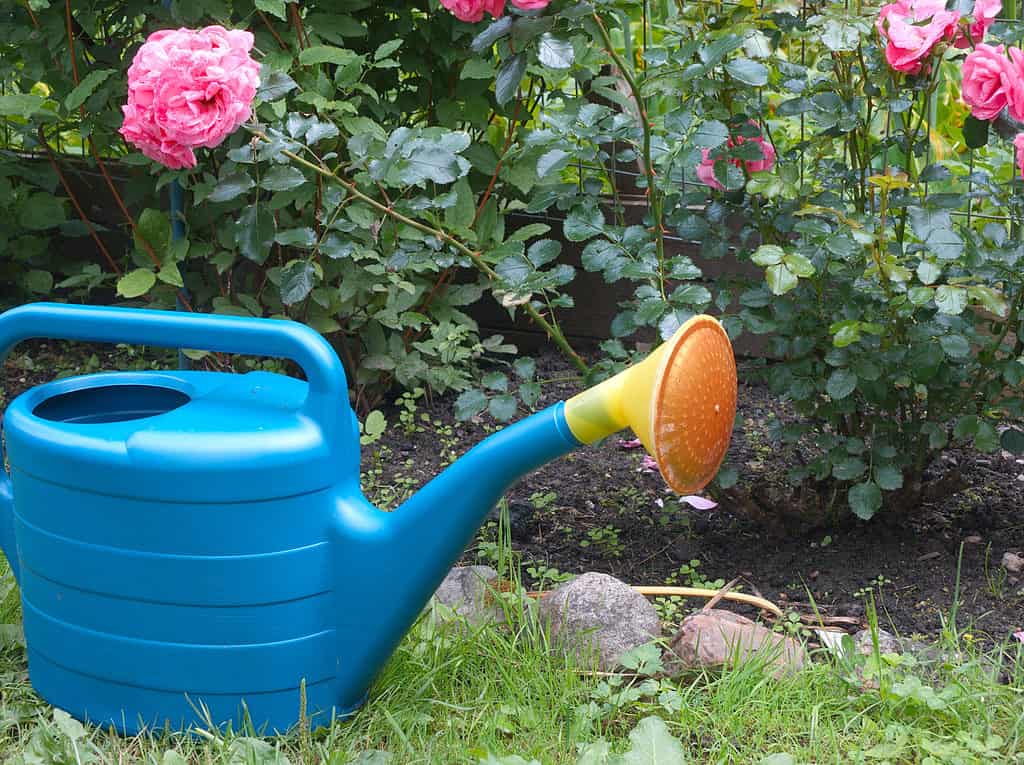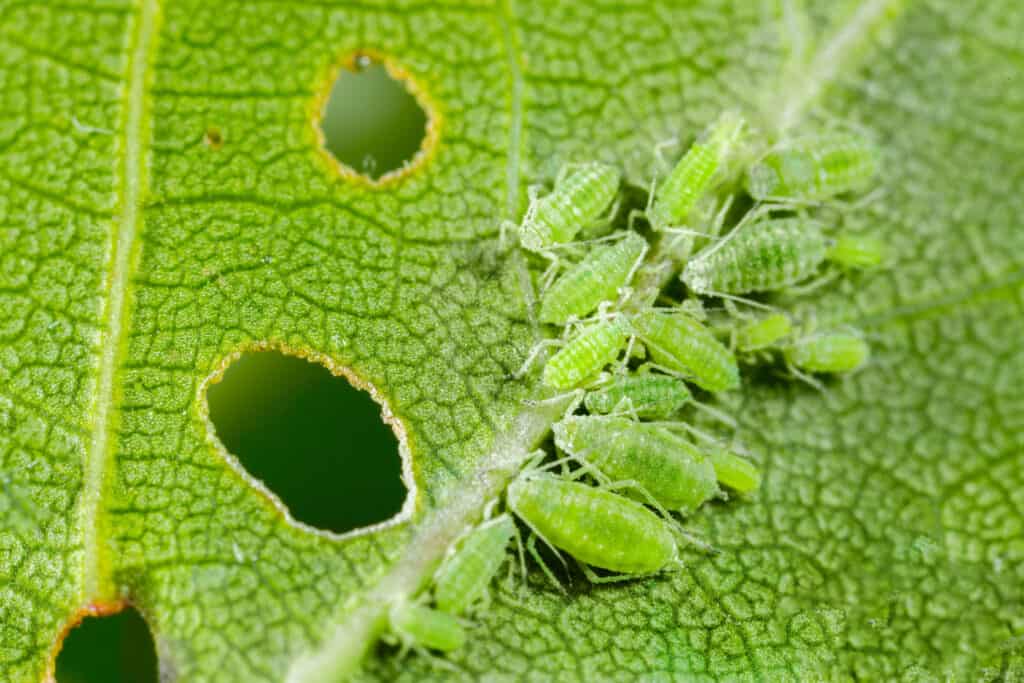You probably want your flowers to last as long as possible, whether you are purchasing yourself roses or have recently received a bouquet from someone. It’s definitely preferable to be able to appreciate the particular quality that newly-cut or newly-planted flowers provide to a space for a long time.
There are things you can do to extend the life of your cut roses and extend the time you have to appreciate them, even though nothing will make them live forever. Try these easy solutions to allow yourself more time to enjoy the appreciation of your present and think about the generosity of the person who provided the lovely flowers.
Just as well, it might be challenging to maintain roses that have been planted outside alive for as long as possible. These are delicate flowers that require specific care and environments in order to return each year. It’s definitely not impossible, though.
Let’s take a look at how to keep roses alive for as long as possible, whether they are cut into bouquets or planted permanently outdoors.
How Long Do Roses Last?
Several variables, including the type of rose, its stage of flowering, and the care it receives after being cut, can affect how long cut roses last. Cut roses typically only keep fresh for five to seven days, but with the right care, they may last up to 10 to 14 days.
Depending on the rose’s species, growth environment, and level of care, its lifespan as a planted flower can also vary. In general, roses can survive for several years. With appropriate care, some can even live for 20 or 30 years.
How to Keep Cut Roses Alive for as Long as Possible
One of the most beloved flowers in the world for use in bouquets is the rose and with good reason. Their beauty and scent can make any space or situation more pleasant. But if they just last a few days, it might be disheartening when they start to droop and die off. Fortunately, there are several techniques for preserving cut roses or rose bouquets for as long as possible. Here are some suggestions to help your roses live longer.
Select New and Fresh Roses
To keep cut roses alive, picking fresh ones is the first and most crucial step. Choose roses with tightly closed, sturdy buds that have not yet fully bloomed. This is a sign that they are still fresh and have not been kept in a vase for an extended period of time. Prior to purchasing, you should also look for any indications of damage or wilting.
Angle the Cutting Site at the Stem
The next step is to gather your roses and get them ready for their vase. Cut the stems at an angle using a pair of sanitized razor-sharp scissors or a knife. The roses will be able to retain moisture for a longer period of time because of the increased surface area of the stem that can absorb water. Additionally, it’s crucial to get rid of any thorns or leaves that will be soaked in water since they might rot and breed germs that can harm the roses.
Use a Clean Vase and Clean Water
Keep everything clean since dirty water and containers might introduce germs that can hurt your roses. Use a vase and fill it with fresh, room-temperature water after properly washing it with soap and water. Ensure that the vase is rinsed of all suds very thoroughly.

Rose bouquets (pictured) benefit from having a very clean vase and regularly changed water.
©Steve Lovegrove/Shutterstock.com
Use Warm Water
Use neither too hot nor too cold water to fill the vase. Try to use moderate or room temperature water instead of cold water since extreme temperatures might shock the blooms and reduce their lifespan. It’s vital to fill the vase with the correct quantity of water, not too much or too little. Approximately three-quarters of the way full is about perfect.
Use Flower Food
A sachet of flower food, which is used to keep cut flowers looking fresh, is often included in bouquets from florists or flower shops. These packets include a cleaning solution to keep the water clean, a sugar mixture to feed the blooms, and citric acid to keep the pH level of the water balanced. Your roses would definitely appreciate it if you dissolve the package in the vase of water before adding the blossoms to the vase. If you don’t already have a flower food packet, you may order one online or find them at your neighborhood garden shop.
Do you want to make some rose food for yourself? Longer-lasting flower food recipes can be easily made at home. The most popular method calls for a quarter cup of lemon-lime soda, which provides sugar to fuel the blooms; and a few drops of vodka, which inhibits the creation of ethylene, which can cause roses to droop.
Don’t Stress Your Roses Out
It’s crucial to keep roses away from heat sources and direct sunshine since they prefer cold temperatures. Additionally, you can put them in a cooler area of the room, such as close to a window or under a shaded area. You can put them in the refrigerator for a few hours each day to keep them even colder. However, it is not recommended to keep roses at temperatures below 33 degrees F.
Change the Vase Water Frequently
When the water in the vase turns murky or hazy, it’s time to replace it. It’s critical to keep the water clean since contaminated water might promote the growth of microorganisms that could harm your roses. To keep the roses healthy, replace the water every two to three days and add new flower food as well.
Trim Your Roses Regularly
Giving your roses a new “haircut” every couple of days is a smart idea. Remove approximately half an inch off the bottom of the stems by cutting them at an angle with a pair of sharp (and clean) scissors or a knife. The roses will stay hydrated longer and be able to absorb more water thanks to this.
Use a Floral Preservative
Use a flower preservative if you want to go above and beyond to preserve your roses. These are remedies that have been carefully designed to help increase the longevity of cut flowers. They include a combination of substances that can prevent the formation of germs, offer nutrition, and keep the flowers moist. They are available online or at your neighborhood florist, and there are quite a few options out there.
Giving cut roses or rose bouquets the proper care and attention can help them last as long as possible. You can make the most of your roses’ beauty and scent by using the above tips and tricks and enjoy them for much longer!
How to Keep Planted Roses Alive for as Long as Possible
Roses make excellent cut flowers for bouquets, but they are also a highly popular addition to any garden or landscape. They can lend a touch of elegance and beauty to any outdoor environment and are available in a broad range of varieties, colors, and fragrances. However, growing roses may be difficult since they need a lot of care and attention to be strong and healthy. The following are a few suggestions you can use to maintain your rose garden or planted roses for as long as possible.
Select the Proper Location
Choosing the proper location is the first step in cultivating healthy roses. It’s crucial to grow roses in a location that receives enough sunshine since they require at least six hours of sunlight each day. Avoid growing them in regions that are prone to floods or standing water since they require well-draining soil. Last but not least, ensure adequate ventilation to stave against fungal illnesses. You shouldn’t choose a spot where the roses will be forced to grow very close together, as this can decrease ventilation. Lots of space is key.
Properly Hydrate Your Roses
Your roses’ health depends on proper watering. They require a steady stream of water each time their soil begins to dry, but not an excessive amount. Underwatering can result in stress and withering, while overwatering can cause root rot and other issues. Depending on the weather and the state of the soil, water your roses deeply once or twice a week. To make sure the water gets to the roots, use a drip irrigation system or soaker hose.

Roses benefits from consistent watering (pictured) but growers should be wary of overwatering and underwatering.
©iStock.com/victorass88
Fertilize Your Roses Regularly
Because they use a lot of food to grow, roses need a good fertilizer application on a regular basis to develop and bloom correctly. Use a fertilizer with balanced nitrogen, phosphorus, and potassium content. When the roses start to sprout new growth in early spring and again in late summer when they are getting ready for winter, fertilizer should be applied. Keep in mind that excessive fertilization might result in excessive growth and weak stems.
Prune Your Roses Regularly
To maintain the health of your roses and encourage new growth, pruning must be done semi-frequently. Roses should be pruned twice a year: once in early spring, before they start blooming, and once in late summer or early fall, following the last rush of blossoms. Eliminate any wood that is sick, dead, or damaged, as well as any branches that are crossing or crowded. By doing this, airflow will be enhanced and fungus illnesses will be avoided.
Try Mulching Your Roses
Mulching around the base of your roses can aid in moisture retention and discourage weed growth. Apply an organic mulch layer at a depth of two to three inches, such as crushed bark or leaves. Mulch should not be piled too high around the plant’s base since this might cause stem rot.
Protect Your Roses From Pests and Disease
Aphids, spider mites, black spot, and powdery mildew are just a few of the pests and diseases that can affect roses and drastically reduce their lifespace. Watch for any indications of an infestation or sickness and take urgent action to control it. Depending on your inclination, you can either use chemical or natural remedies to get rid of the problem.

Aphids (pictured) can damage roses and reduce their lifespan.
©Vera Larina/Shutterstock.com
Protect Your Roses During Winter
It’s critical to safeguard your roses over the winter. Otherwise, they will not survive. Roses can be harmed by frost and extremely cold temperatures in colder areas. Apply a layer of mulch around the plant’s base and wrap the stems in burlap or similar barrier material to protect them. You might also want to think about growing roses that are more suited to your climate and are cold-hardy.
To sum up, it takes a lot of care and attention to cultivate strong, vivid roses, but the results are well worth it. These suggestions will help you preserve the life of your roses so that you may continue to enjoy their aesthetic appeal year after year!
The photo featured at the top of this post is © OlgaPonomarenko/Shutterstock.com
Thank you for reading! Have some feedback for us? Contact the AZ Animals editorial team.






